Red + Blue Light Therapy Can Regrow Hair & Rejuvenate Skin — And You Can Get the Results Easily at Home!
It's no secret that once we hit 40, our skin starts going through some pretty rough changes. Those pesky crow's feet around our eyes seem to appear out of nowhere, once-cute freckles are now joined by larger, unflattering age spots, and suddenly we have frown lines, smile lines and lip lines! Argh. Sure, there are creams and potions and serums that can help, but cutting-edge research suggest a new way to treat skin issues: red and blue light therapy. Both are forms of light-emitting diode (LED) photodynamic therapy used in skin treatments to address a number of concerns from skin rejuvenation to acne. Counted on by dermatologists and now featured in a host of at-home LED masks and gadgets, red and blue light therapy are each quickly gaining reputations as powerful skin boosters — and according to studies, they can help hair too! Here’s what we know about each one and how they can help you.
What exactly is light therapy?
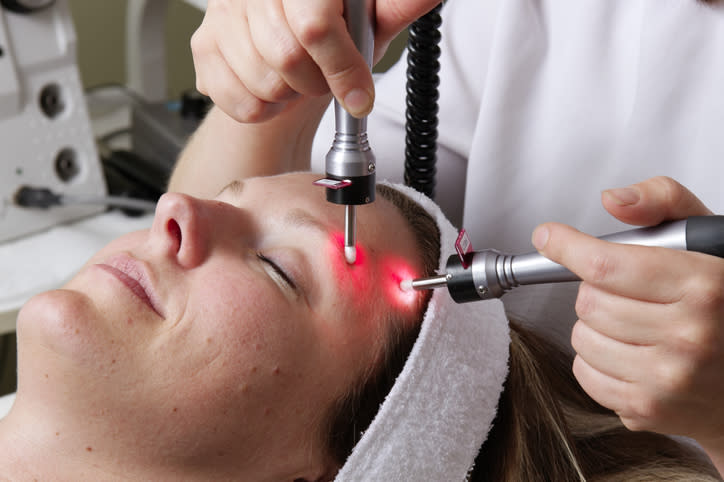
Both red and blue light therapy are a type of photodynamic therapy, meaning they use light in different wavelengths of the color spectrum to penetrate skin. You may also see them referred to as low-level laser light therapy, cold laser therapy, biostimuation therapy or photobiomodulation therapy. Ryan Turner, M.D., a board-certified dermatologist in New York City calls them “an established part of a number of dermatologists’ treatment protocols.” They’re also used in at-home products as a weekly or even daily treatment.
How does red light therapy work?
According to Connie Yang, M.D., board-certified cosmetic dermatologist at PFRANKMD by Dr. Paul Jarrod Frank, “Red light penetrates down to the deeper layers of the skin to stimulate a variety of pathways that are involved in healing and rejuvenation. More specifically, it can help stimulate mitochondria, the powerhouse of the cell, to produce more energy for cells to renew and repair themselves.” Read on to learn how that can help you:
Red light can help regrow hair
Research shows that red light therapy could be a great help to anyone concerned about thinning hair. In fact, a 2021 study in the Annals of Dermatology showed red light stimulated hair follicles affected by the notoriously hard to treat androgenetic alopecia. And one red light brand, HairMax, has found in their 7 clinical studies that their red light products have a 90% success rate in improving hair density. (Click through to learn more about the at-home red light products that regrow hair.)
Red light can reduce fine lines
“Red light therapy is often used to reduce skin inflammation, improve tissue regeneration and treat burns,” Dr. Turner explains.
And studies show that red light therapy increases collagen production. Says Dr. Turner: "This may improve skin texture, reduce fine lines and wrinkles and improve skin's overall health,”
Red light therapy in-office treatments and costs:
Some of the common treatments done in office using red-light therapy:
Anti-aging and skin rejuvenation: Red light therapy is often used for its potential benefits in stimulating collagen production and improving skin texture and elasticity. It may help reduce the appearance of fine lines, wrinkles and age spots.
Scar reduction: Red light therapy may be used to improve the appearance of scars, including acne scars or surgical scars. It can help in remodeling collagen fibers and reducing the redness or pigmentation associated with scars.
Hair restoration: Some dermatologists offer red light therapy as a part of hair restoration treatments.
Rosacea Treatment: Red light therapy is sometimes used to help alleviate some of the symptoms associated with rosacea.
In-office, red light therapy is also sometimes paired with laser therapies like fractional resurfacing or intense pulsed light (IPL) or a procedure like microneedling with radiofrequency. “Using these together may help speed up the recovery process of the treatment used as part of the immediate aftercare,” explains Dr. Turner.
What you can expect in office: Depending on the treatment and need, up to 3 times per week, a patient sits with the treatment area under red lights for 15 to 30 minutes. Dr. Yang insists it’s not painful and comes with no downtime. And the number of sessions needed varies from patient to patient, but, she says, “best results are seen after several months of treatment.” According to RealSelf, the average cost in the end is $669.
How does blue light therapy work?

Blue light treatments look and feel the same as red light therapy — except done with blue light, which has a different frequency that yields different results.
According to the American Society of Plastic Surgery, while it is known to have several benefits, what it gets the most attention for is targeting the oil glands and reducing the amount of sebum the skin produces, which can reduce acne breakouts in those with oily skin.
Blue light therapy can also regrow hair
This light has been shown to have a positive effect on hair growth. In fact, one study done on patients with alopecia found that when used twice-a-week for ten consecutive weeks, an increase in hair density and hair shaft width was recorded in 90% of patients with “photographic improvement” noted in 80%. However, there was one side effect: In some cases, it darkened the hair.
Blue light therapy can calm inflamed skin
Blue light has a shorter wavelength and higher frequency than red light, so it has a different impact on the skin, but like red light therapy, research shows blue light is anti-inflammatory, which can make it helpful for chronic skin diseases like atopic dermatitis, eczema and psoriasis.
Blue light can treat skin cancer
Use in-office, blue light therapy can treat some kinds of skin cancer and precancerous spots called actinic keratoses, according to the Cleveland Clinic.
Blue light can eradicate acne
What it’s best known for is its impact on acne. One study showed that self-applied blue light was successful in reducing the amount of blemishes in people with mild to moderate acne.
Blue light therapy in office treatments and costs:
There are a number of ways doctors use blue light therapy in office. How much the treatments cost varies greatly between the type of treatment and the sessions needed, with estimates ranging from $40 per session to $1,000+ for a full package of sessions several times per week.
Just a few of the in-office treatments:
Photodynamic Therapy (PDT): This is one of the most common uses of blue light therapy as it's used to treat various skin conditions, including acne, actinic keratosis (precancerous skin lesions) and some forms of skin cancer.
Acne Treatment: It can help reduce the number of acne lesions, inflammation, and the presence of acne-causing bacteria.
Wound Healing: Blue light therapy has shown promise in promoting wound healing and reducing the risk of infection.
Besides concerns about vision, there’s also some worry about blue light's long-term safety, since there is no research showing its long-term effects on the skin. Why the concern? Dr. Yang explains, “Blue light can be both harmful and helpful depending on the intensity and exact wavelength.” She adds, “Higher energy blue light can increase DNA damage and photoaging.”
However, Dr. Turner says, “When performed under the guidance of a healthcare professional, blue light therapy can be an effective and safe treatment for specific skin conditions. Safety and use are contingent upon factors such as wavelength, power, the number of treatments and the duration of the therapy.”
The best red- and blue-light devices to try at home
For red light therapy: While not as powerful as the kind you see in a dermatologist office, many fans say that at-home red light devices shave years off their complexion and help make their skin look smoother. The full face masks can cost around $350 and up — that's much less than shelling out for multiple visits to the dermatologist and you can continue using the devices indefinitely. But with the influx of wands (for small areas like smile lines) and masks featuring red light in recent years, knowing what to try can feel overwhelming.
Dr. Yang’s advice: “When shopping for an at-home device, safety is the top priority. Make sure to look for a reputable manufacturer backed by experts.” Another thing you can expect: A hefty pricetag, as the quality of the light for red light products and its separation from other frequencies is key. And while you should follow the instructions on the gadget you choose, note that you should plan to use them several times a week to daily for 10+ minutes.
For blue light therapy: Some research spurs concern that exposing blue light to your eyes may contribute to age-related macular degeneration and other vision problems, which is why wearing protective goggles (like the kind you wear in tanning booths: Buy from Amazon, $13.50) is advised when using it.
DRX SpotLite Acne Treatment Device
Best blue and red light for acne
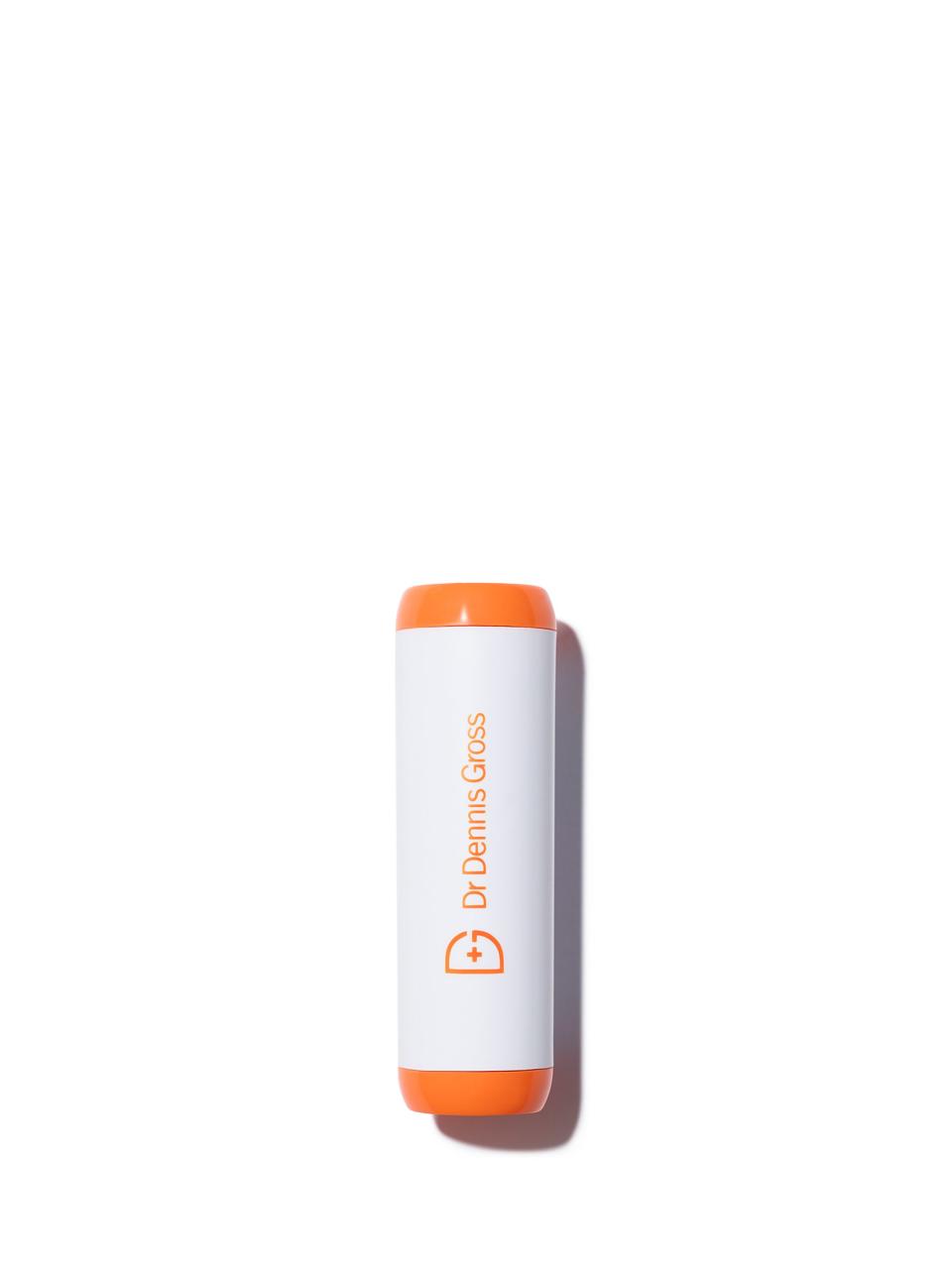
Why we like it
Affordable
Portable
Targets blemishes
This FDA-approved LED light therapy option pairs bacteria-fighting blue LED light with inflammation-reducing red LED light to hone in on acne, blemishes and redness at the source when used in increments of three minutes per spot. It features an automatic shut-off to save on its required AAA battery and a one-year warranty to protect your purchase. One buyer said she’s using fewer skincare products since buying this, and that it’s “transformed” her skincare routine. She also said that she applies it when she feels a blemish starting to appear, and that it quickly vanishes — like magic!
Hairmax Ultima 9 Classic LaserComb Hair Growth Device
Best RED LIGHT for hair growth
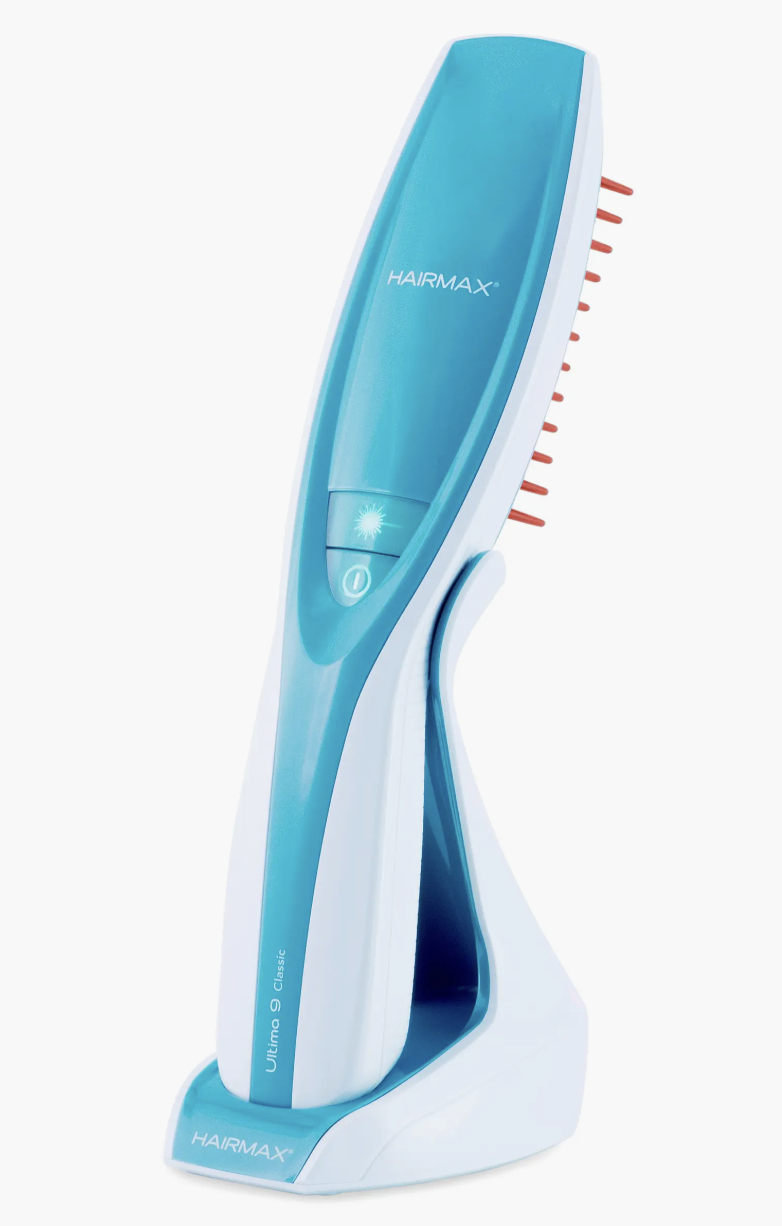
Why we like it
Stimulates hair growth
Promotes blood/oxygen flow
Especially great for thinning hair
This hair light therapy device by Hairmax is your answer to regrowing thinning hair. When directed at the scalp, the intense photo energy transfers to sluggish cells in the follicle, charging up their stores of energy-dispensing adenosine triphosphate and stimulating them to grow.
In the company's original trials, up to 93% of users with hereditary thinning achieved an end to abnormal shedding and/or noticeable hair restoration. "Just know that you must use the device for a minimum of 6 months to see results, and you must keep using it to maintain those results," says Dr. Wilma Bergfeld, M.D. at Cleveland Clinic and one of the primary investigators in a multicenter study of the device.
Foreo ESPADA Blue Light Acne Treatment Pen
best blue light pen

Why we like it
Targets acne blemishes
Blue light kills bacteria
FDA-approved
Acne takes a serious beating from this Foreo blue light treatment pen when it’s pressed against the skin in 30-second increments. In addition to its bacteria-killing blue light, it’s got “T-sonic pulsations” to boost your blood’s natural microcirculation, which in turn helps skin cell turnover. It’s FDA-approved and works on all skin tones.
Reviewers say it definitely works right when properly cared for: “It’s super important to WASH the part of the device that comes into contact with your blemish to get rid of bacteria! At first I only washed the lens every few uses, but then I didn’t see results. When I did wash it every single use, the results are more obvious.”
LightStim for Wrinkles LED Light Therapy Device
Best blue and red light for anti-aging and wrinkles
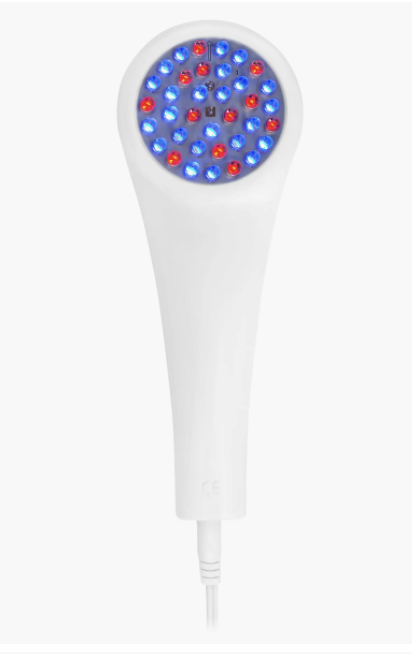
Why we like it
Combines red and blue light therapy
Takes 3 minutes
Also helps with acne and overall skin health
If you’re concerned about potential damage to your eyes, this handheld, dermatologist-recommended device offers up an eye-friendly solution with its included goggles. It also allows you to focus its 72 LED lights on the areas of concentration where you need it most to stimulate collagen and elastin production. In addition, you’ll get an adapter, an accompanying serum and a carrying case.
One reviewer raved that she’s noticed results in a matter of weeks, and that she appreciates the size of the device, as it accommodates her “big forehead!”
HigherDose Red Light Face Mask
best Red Light face mask
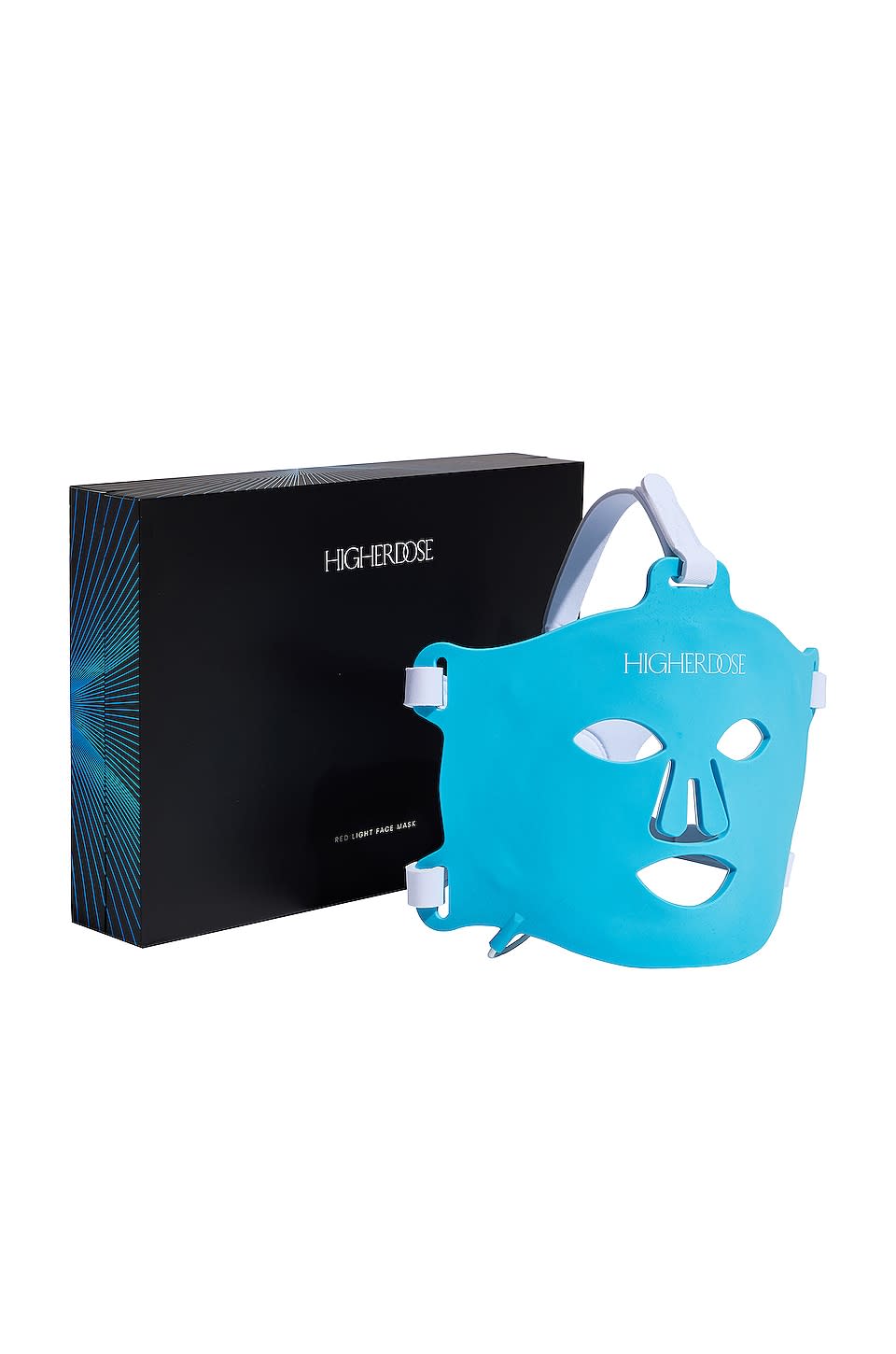
Why we like it
Medical-grade silicon
Treats entire face at once
Features 62 LED bulbs
While this device is on the pricier side, compared to multiple sessions at the dermatologist's office, it's a steal. The mask is perfect for anyone looking to save time by tackling the entire face in just 10 minutes, 3-5 times a week. The medical-grade silicon helps ensure the device won't become too hot as the relaxing and effective treatment warms the skin, boosts mood and enhances your natural glow. One reviewer raved: "I've had this red light face mask for almost two weeks...my skin is so much more glowy!"
SolaWave 4-in-1 Facial Wand and Renew Complex Serum Bundle
Best red light for de-puffing
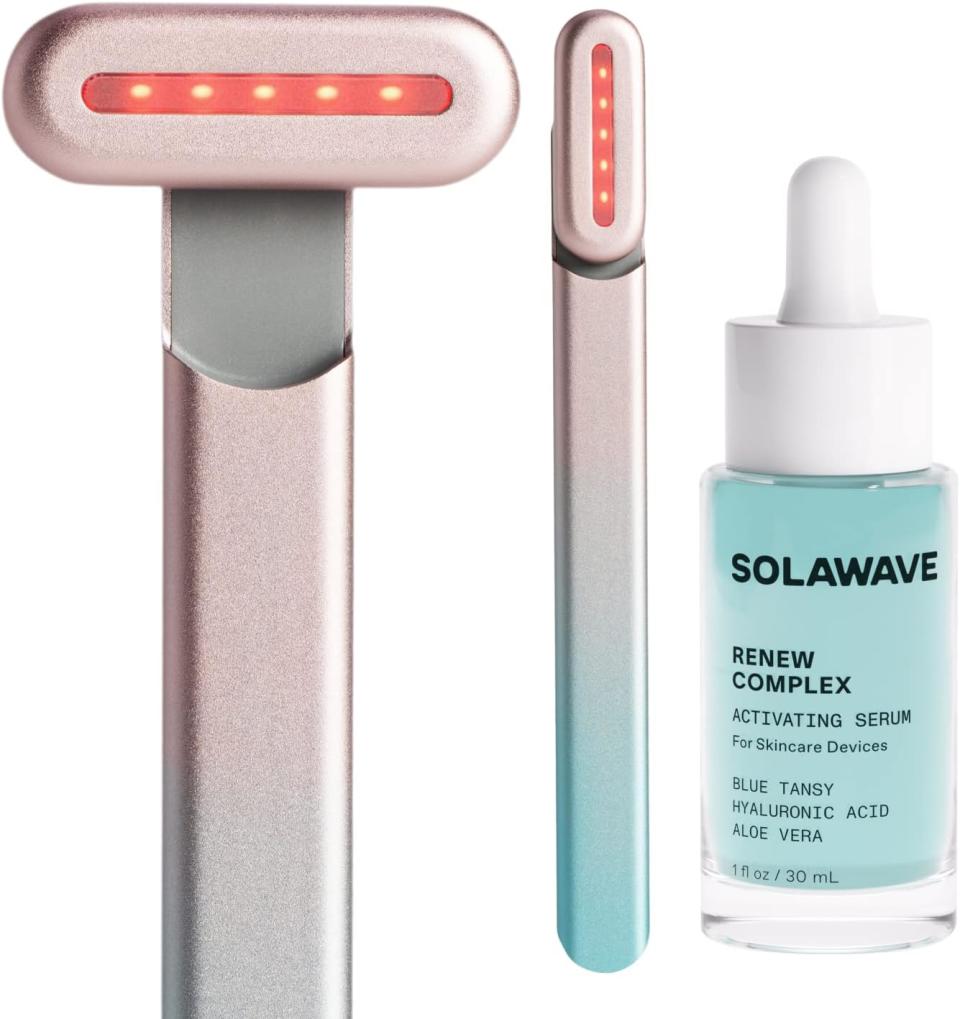
Why we like it
Perfect for travel
De-puffs and fights fine lines
Only takes 5 minutes to use
Ready to enter the world of red light therapy? The SolaWave is a great place to start. This tiny tool offers big anti-aging results, and only takes five minutes to use. It uses microcurrent therapy, doubles as a de-puffing Gua Sha tool and can be taken anywhere. Use three times per week for the best results. Check out the before and afters. You’ll be so impressed that you’ll want to get one pronto!
Click through these stories to learn more about outsmarting aging for skin and hair:
6 Dermatologist-Approved Ways To Outsmart Thinning Hair. . . Naturally
Solve the daily Crossword

